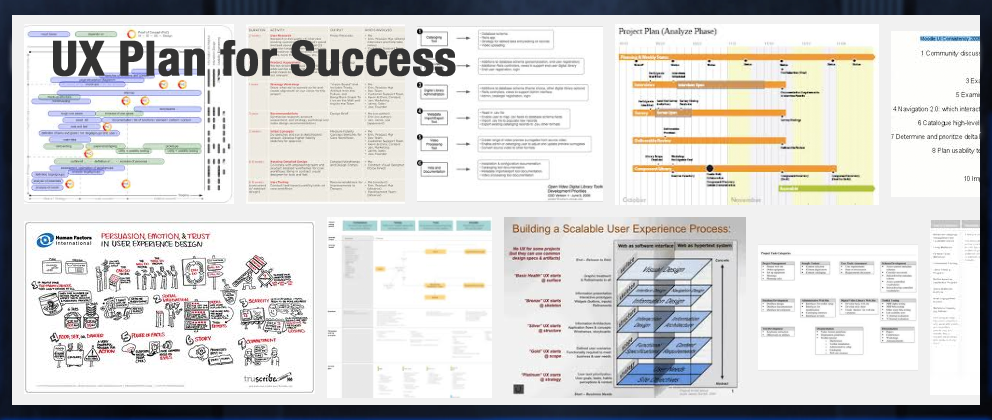I just finished watching the presentation slides from Alan Coopers Keynote Speech at Agile 2008, and it reading it made me want to write another blog entry because he succinctly talks about several important UX concepts. The title of his Keynote speech is The Wisdom of Experience. In this presentation he says “the most important part of the software doesn’t exist.” He describes these parts as the “interstice between programs”, or interfaces. He describes the difference between Human facing interfaces and “Application Program Interfaces” or API’s.
I mention this because I think it’s relevant to the post that I made earlier today about how people do not understand the User Experience, and how it is not just a marketing buzzword. Perhaps people are puzzled by this subject because it is based on these non-tangible interstices between programs. It is up to the User Experience Evangelist to bring to light how important these interactions are to the applications in which they are contained.
Another responsibility of the UX professional is to decipher and distill useful answers from the cognitive distortions or raw data that people contribute in the user interview process. The following are examples he gives of reasoning illusions that distort peoples perceptions: Cognitive Friction, Memory Distortion, Hawthorne Effectve, Stockholm Syndrome, Diagnosis Bias, Reasoning Illusions, Loss Aversino, Value Attribution, Commitment bias, Pygmalion Effect, Tyranny of Small Decisions, Evolutionary Psychology, Management Fads, Abilene Syndrome. I’m not going to go into the specific details of each of these concepts, you can look them up on wikipedia. However, these are all things that can cloud the truth.
By using the Agile process, using iterations, and a multi-staged process the UX designer can greatly help the success of any development project. This process takes the guess-work out of the design by getting the users involved. The data collected by the users can be presented to development in a mental model, and in personas, and these items guide design-making decisions throughout the process. By using the Agile process, success is based more on the quality into the product, instead of being first to market. To quote Cooper “There is no large group of people out there waiting in a breathless delirium to purchase your lousy product sooner rather than later.” Developing software in iterations allows for quicker detection of errors.
When an interaction designer is brought in on a project, there is someone there to interface with the users and make sure that the application being developed stays focused on the product goal. This helps the programmers because they are then able to focus on technology. This relationship should manifest some very clear patterns, developers can start writing better applications that actually please the users, and experience more job satisfaction. Users have a good experience with the applications, and brand loyalty is built. Interaction designers take on interacting with users and management, so the programmers can do what they want to do, program.
It is very important that the Interaction Designer translates the needs of the user into something that development can understand. It is also important that designers understand the business rationale of the applications that are being built. The UX designer brings clarity to the projects goals, the users needs, and they bring sense to the business requirements definitions. They translate convoluted user input into clear user stories that can be used to develop applications.
For more information I recommend viewing the entire presentation from Cooper but for those people who dont’ have time to look at a 111 page slide presentation I hope this post provided some clarity on the importance of User Experience.
